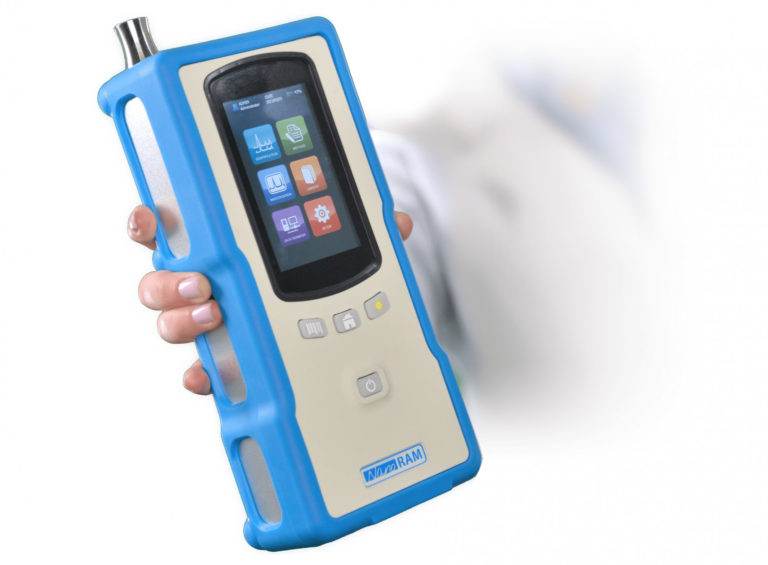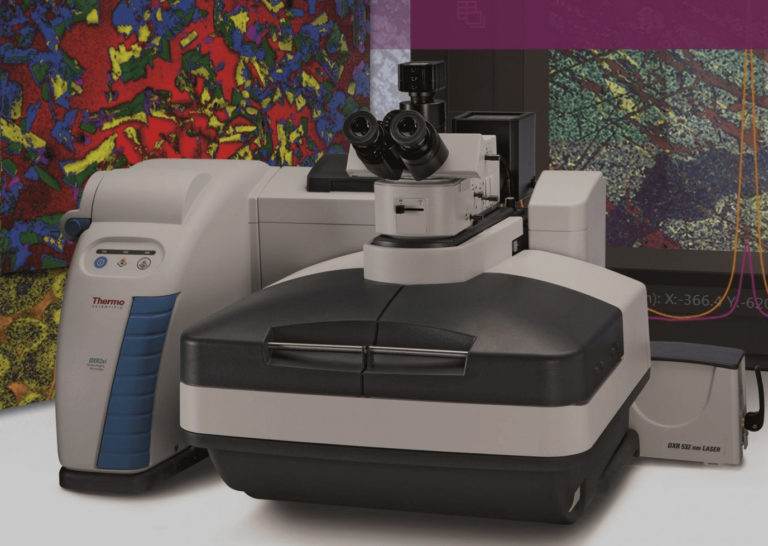Frequently Asked Questions
Generally about molecular spectroscopy
All these methods consist in the interaction of a sample with electromagnetic radiation of one specific wavelength (Raman spectroscopy) or in a given interval (infrared spectroscopy) and we speak of them in general as methods of molecular spectroscopy. The output of this analysis is then the spectrum, which is unique for each compound, and from its changes it is possible to determine, among other things, a number of other physico-chemical properties of the sample. You can find classic and UV Raman spectroscopy, infrared spectroscopy in the near (NIR or FT-NIR), middle (FT-IR) or far (FAR-IR) region or LIBS.
Raman and infrared spectrometers can be used for both qualitativeanalysis (identificationand verificationof substances) and quantitativemeasurements, including analysis of mixtures.
Molecular spectroscopy is a fast, reliable, non-invasive method that, in addition, usually does not require any sample modification. As a result, it saves you time, money and material, and you can perform sample analysis without deep knowledge.
FT-IR and Raman spectroscopy are complementary methods, which means that samples that are not well measurable by FT-IR spectroscopy usually provide a strong Raman signal and vice versa. Raman spectroscopy is more suitable e.g. for measuring samples that contain water.
Currently, infrared and Raman spectroscopy are used in all possible branches of science, research and industry, and IRS components are equipped with hand-held analyzers. More than 650 of our devicesalready operate in the Czech and Slovak Republic.
About your application and samples
You can use molecular spectroscopy methods to analyze solid, liquid and gaseous samples, powder, gel, microscopic and large objects (eg wall frescoes), cells and inorganic samples and much more. The possibilities of these methods are indeed extensive.
Using our instruments, microscopic samples with a spatial resolution of only 10 nm (cells, trace amounts of substances i) as well as large samples such as wall frescoes or paintings can be measured.
Yes! Both FT-IR and Raman spectrometers can be equipped with gas cells, with which you can analyze gas samples similarly to samples in other states or forms.
These applications are just a modest choice from a myriad of molecular spectroscopy options. If you are interested in how you can use it to take your research, development or production processes to the next level, do not hesitate to contact us, we will be happy to advise you on everything.
If you are already measuring or want to measure with a Raman spectrometer, try a different wavelength of the excitation laser. Also, if appropriate for your sample, you can explore the possibilities of FT-IR spectroscopy. Contact us and we will advise you.
Yes! Dispersion Raman spectrometers DXR3 and DXR3xi are directly designed for mapping similarly large samples, with which you can map the tablet in a few tens of minutes, determine the distribution of individual sample components at each point, and even measure 3D chemical maps.
For such a case, it is possible to create a calibration method using the TQ Analystprogram, with which you will receive your answer almost immediately.
In our offer you will also find spectrometers that are designed directly for demanding operations, both in terms of possible pollution, as well as high or low temperatures and other parameters.
About the spectrometers
We offer hand-held spectrometers, portable, which you can easily transport in the trunk of a car or transfer between classrooms or laboratories, as well as sophisticated scientific instruments.
Most of our devices are easy to use, measurement and data processing is performed using intuitive programs, such as OMNICor TQ Analyst.
Yes, the measurement of standard samples can usually be very easily automated using autosamplersand smart measuring accessories. Software in Czech can also be prepared for dedicated applications.
Yes! We offer a wide range of accessories for all spectrometers: user-replaceable lasers, filters and gratings, various measuring attachments for measuring tablets, bottles, samples in bags or tanks, autosamplers, fiber optics, integration spheres and much more depending on the instrument.
Molecular spectroscopy methods can be very well combined with a variety of techniques: AFM, SEM, TERS, GC/LC, mass spectroscopy, rheometry, TGA and others. In addition, Raman and infrared spectroscopy are complementary methods, so it is very advantageous to use both types of instruments in the analysis.
Our support
Sure. We not only supply the device, but we also care about you being able to use it effectively for your work. We will discuss your application with you and advise you on everything. Our support also includes a number of courseswhere you can deepen your knowledge.
Yes, either send us samples or you can come and see some of the devices in person. We also offer the possibility of renting some spectrometers free of charge.
All serviceof devices purchased from us is free, you will only pay the price of spare parts for any repairs.
We are based in Prague, and since we have a fully equipped spare parts warehouse, we can come to you almost immediately. All our technicians are trained by the manufacturers of individual spectrometers.
If you do not want or cannot invest in a new device, you can use one of the offers of refurbished devices in our bazaar. Contact usand we will try our best to satisfy you.
Every year we organize a number of courses and trainings, where we will explain in detail the principles of molecular spectroscopy, teach you how to operate your instrument and its control software, and show you how to interpret the measured data. Courses are free for new owners of our devices! You can also get a lot of information in our Theorysection or from many interesting webinars.
We also offer the Spektrotest service and the validation of spectrometers, thanks to which you will be sure that you can always rely on your measured data.
Subscribe to our newsletter or follow us on Facebook.


